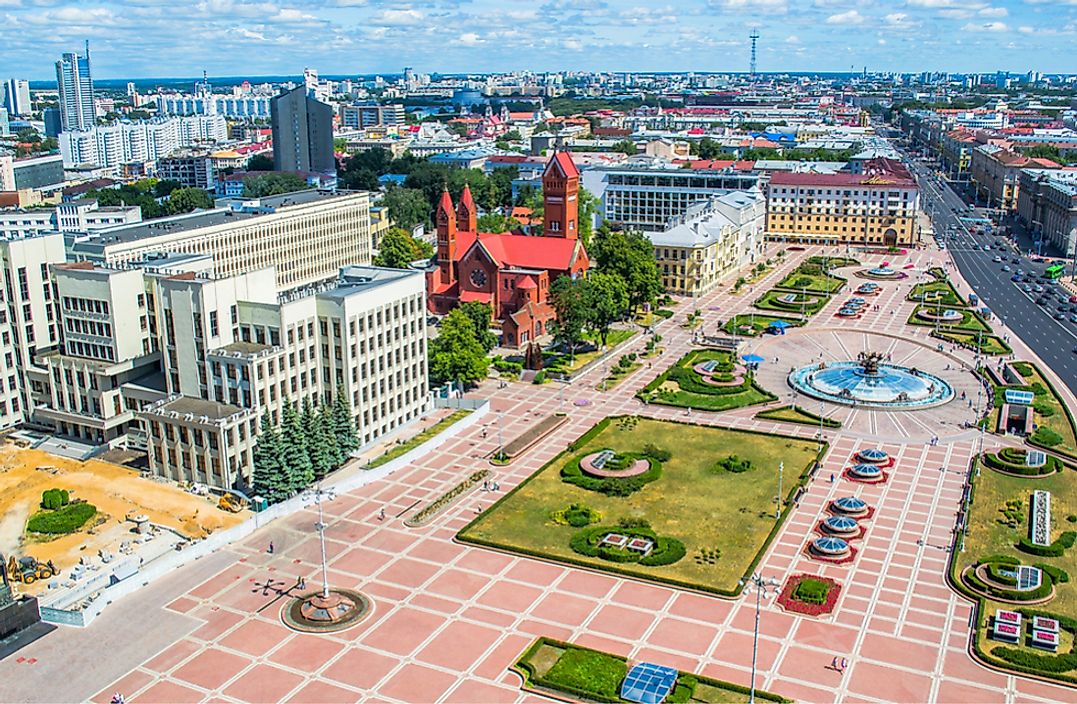What Is the Capital of Belarus?

Belarus is a landlocked country in Eastern Europe, and is bordered by Ukraine, Poland, Russia, Latvia, and Lithuania. The country covers a total area of 207,600 square km, and more than 40% of this total is forest land. As of 2016, the estimated population of Belarus is 9,498,700.
What Is the Capital of Belarus and Where Is it Located?
Minsk is the capital and seat of government of Belarus. As of 2013, the city had a population of 2,002,600, making it the most populated in the country. The city is situated on the slopes of the Minsk Hills, and two major rivers, the Nyamiha and Svislach, flow through it. Other smaller rivers also flow through the area. The edges of the city feature mixed forests and pinewood.
History of Minsk
By the 9th century, Early East Slavs lived in the area that is now Minsk. The earliest account of the settlement comes from the 11th century, in which Minsk is reported as a provincial city located within the boundaries of the Principality of Polotsk. The city grew around the banks of the rivers flowing through the region and soon became part of the Grand Duchy of Lithuania. The city’s role as a capital began in 1569, when it was named the capital of the Minsk Voivodeship. The city served as the capital of the Byelorussian Soviet Socialist Republic between the years 1919 and 1991. Following the downfall of the Soviet Union and the independence of Belarus, the city became the capital of the sovereign nation of Belarus.
Current Role of the Capital of Belarus
As the capital city of Belarus, Minsk includes many of the country's major government buildings, as well as international embassies. In addition to serving as the political capital of Belarus, Minsk is also the country's economic, industrial, cultural, and educational center. The services and industrial sectors of the city are well-developed and serve the needs of the entire nation. The city contributes 46% to the national budget. Minsk had more than 250 factories and plants, about 258 schools, 28 colleges, and 36 institutions of higher education. It also has numerous museums, libraries, cinemas, and theatres. Several churches are also present in this city. Minsk is also a popular tourist destination, and more than 400 travel agencies operate within the city.







